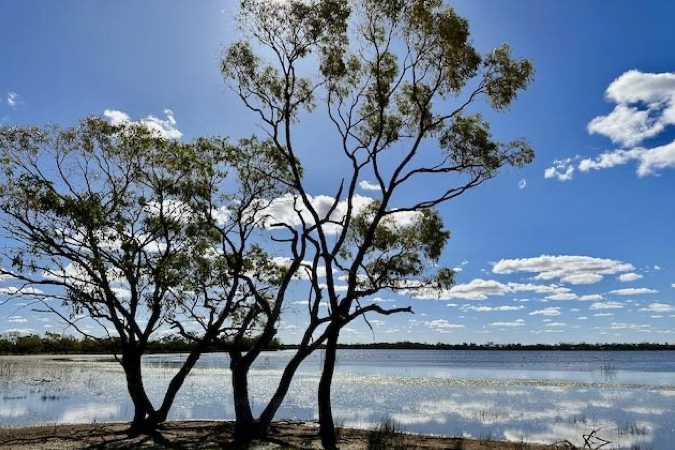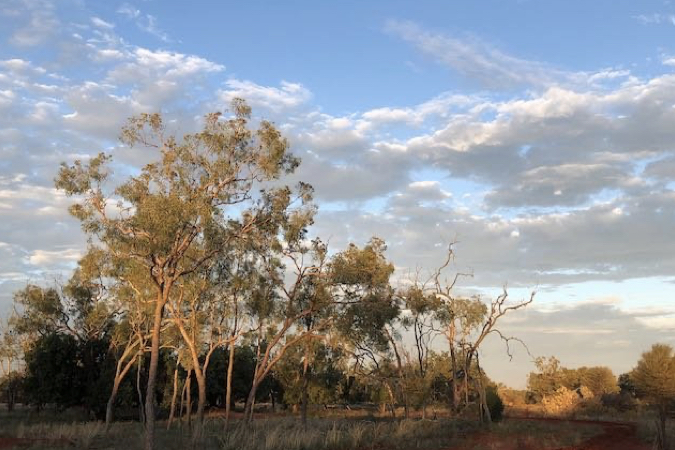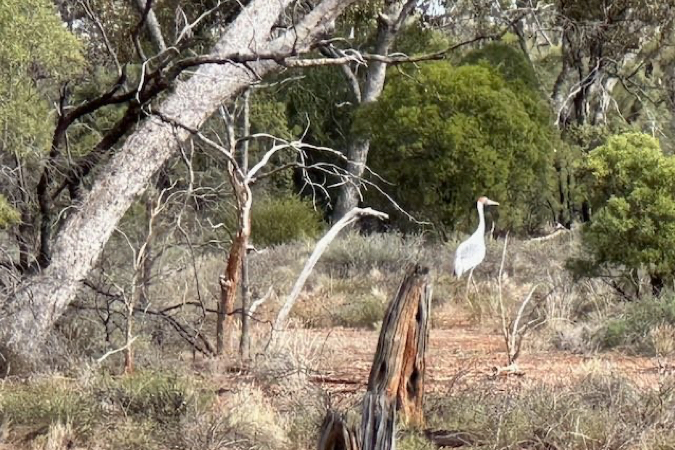



Nunyara: Delta Regeneration Project
Key Info Story
Website
Social links
Project Story
Bordered by the Warrego river and containing two expansive freshwater lakes, "Delta" provides habitat for a diverse variety of wildlife and plants, including threatened species. When inundated with water, the wetlands along the floodplain spring to life, supporting an abundance of native fish, frogs and waterbirds, including pelicans, brolgas and the endangered Australasian bittern.
By implementing a management regime that promotes the growth and health of biomass and reduces factors that suppress growth, they generate high-integrity ACCUs, verified by a robust methodology certified by the Clean Energy Regulator.
By implementing a management regime that promotes the growth and health of biomass and reduces factors that suppress growth, they generate high-integrity ACCUs, verified by a robust methodology certified by the Clean Energy Regulator.

Certification is supported by rigorous fieldwork, telemetry and GIS analysis alongside independent audit and review which not only maintains the high integrity of the project, it enables the project to be informed by best practice science and research leading to co-benefits such as soil health, native vegetation and biodiversity protection and regeneration of land and community.

Human Induced Regeneration (HIR)
Human Induced Regeneration (HIR) is one of a number of approved carbon removal or sequestration methodologies that draw down carbon dioxide from the atmosphere and store it in vegetation. Approved under the Australian federal government’s Emissions Reduction Fund (ERF) and overseen by the Clean Energy Regulator (CER), HIR projects involve regenerating native forests by changing land management practices. Projects delivered using this method are designed to be carried out on areas where vegetation is being impacted by grazing, clearing and other activities.

Location
The Nunyara Delta Regeneration Project is located in western New South Wales and covers 20,407ha of land. This project borders the Toorale National Park, ensuring a continuation of habitat protection and regeneration.

Sustainable Development Goals
The United Nations Sustainable Development Goals (SDGs) are a set of 17 interconnected goals established by the United Nations in 2015. The SDGs provide a comprehensive framework for addressing the world's most pressing economic, social, and environmental challenges.
Global impact groups play a crucial role in supporting the SDGs by creating mechanisms to mobilise resources, collaborate with stakeholders, and drive collective action toward achieving the goals. These groups have the capacity to leverage their expertise and resources to make a significant positive impact.
Global impact groups play a crucial role in supporting the SDGs by creating mechanisms to mobilise resources, collaborate with stakeholders, and drive collective action toward achieving the goals. These groups have the capacity to leverage their expertise and resources to make a significant positive impact.





